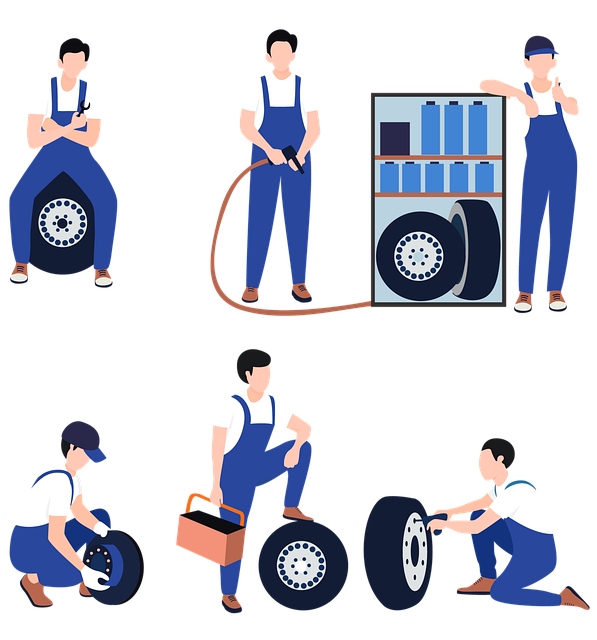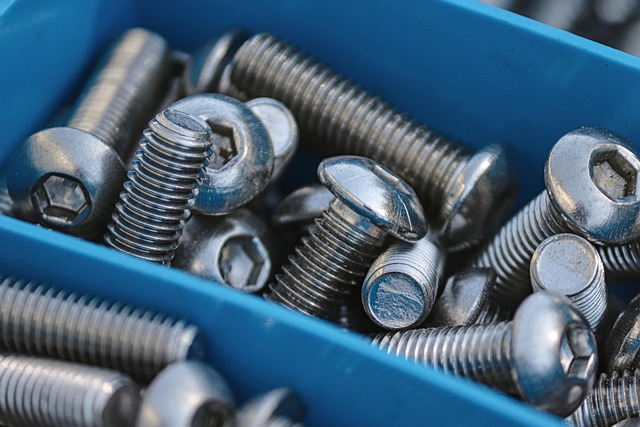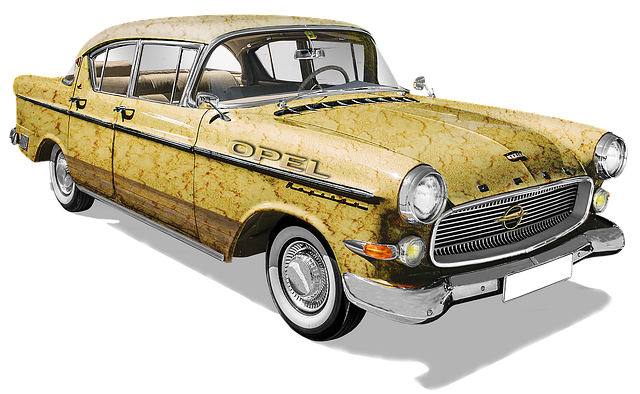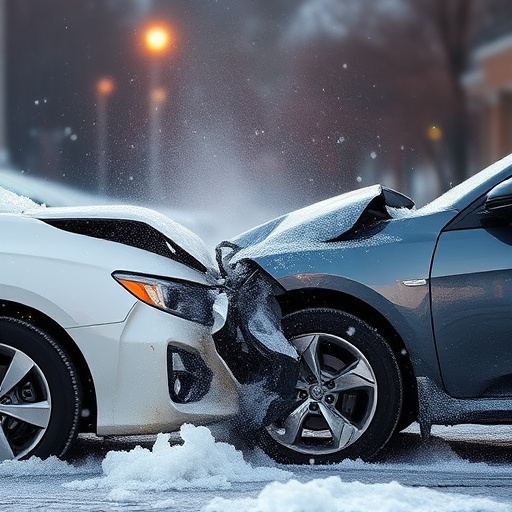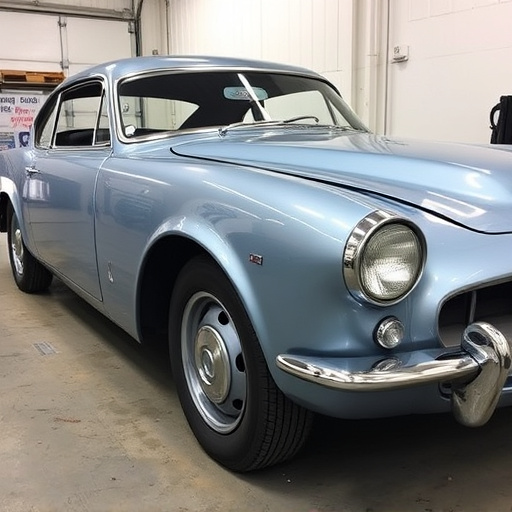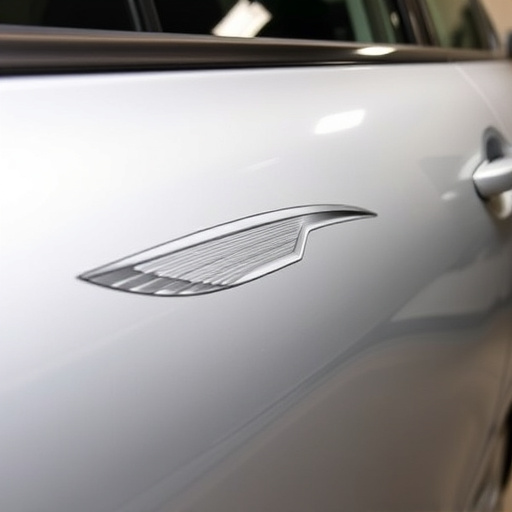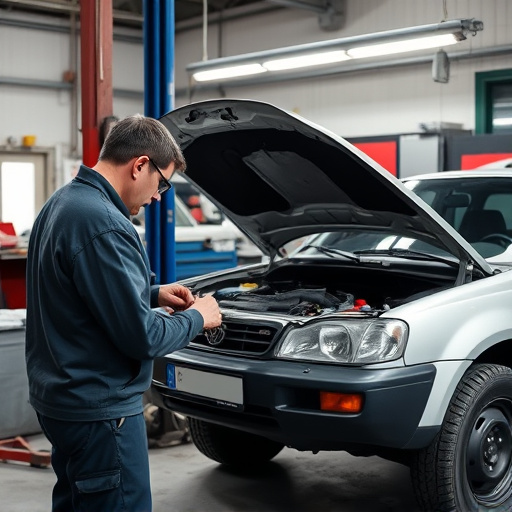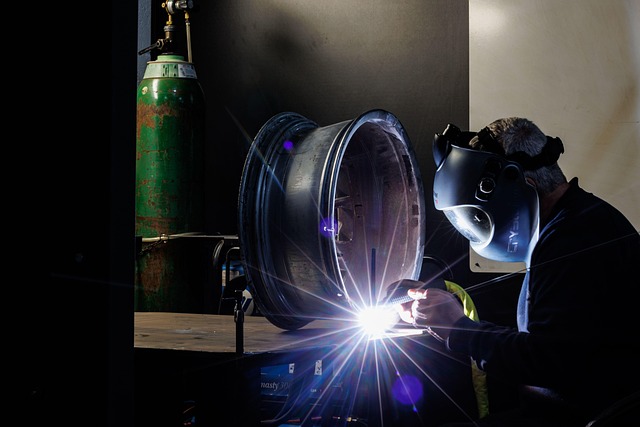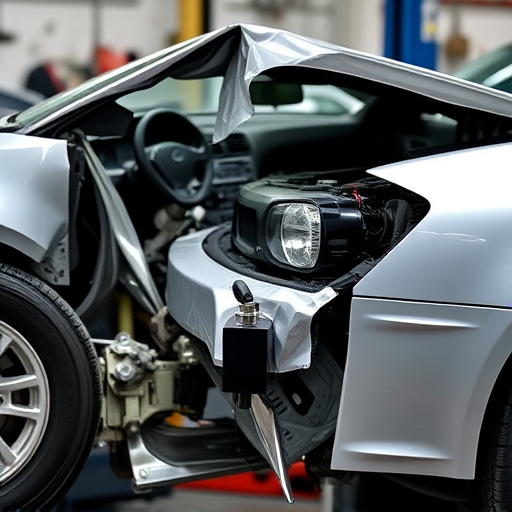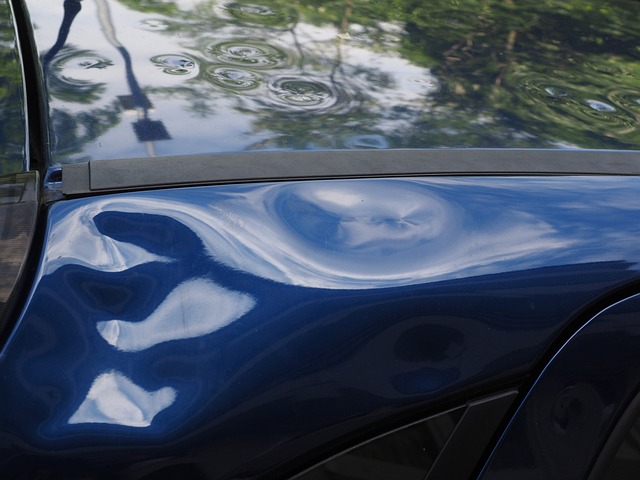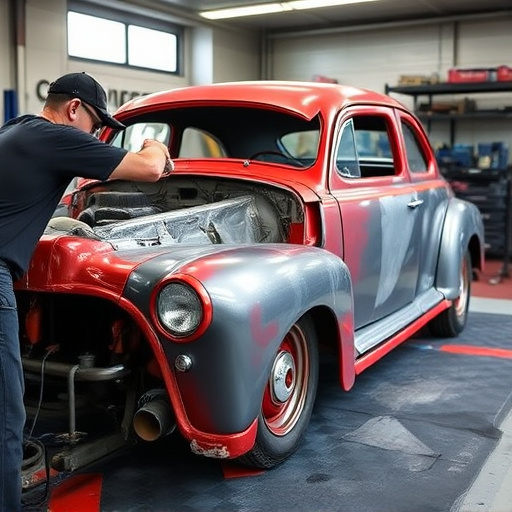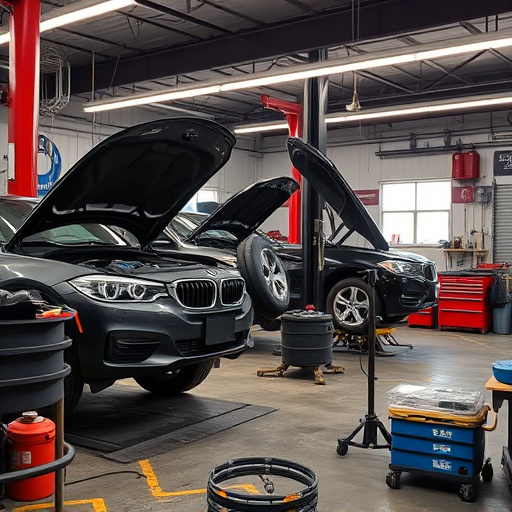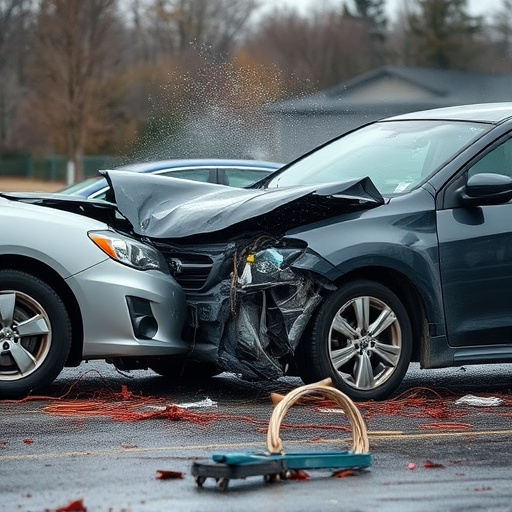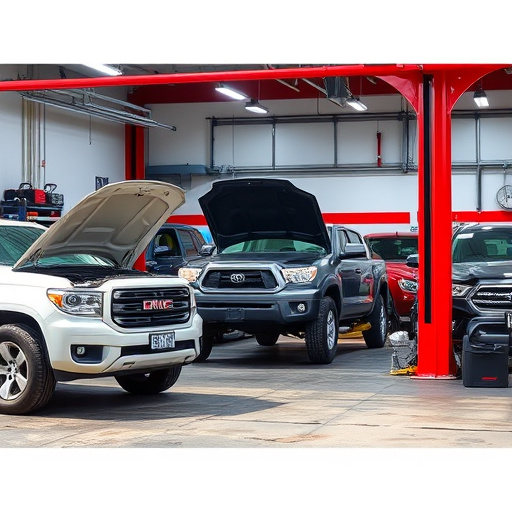Modern vehicle designs, incorporating lightweight materials like aluminum and carbon fiber composites, challenge traditional PDR techniques due to their unique behavior during dent removal. Consumers demand near-perfect repairs matching the original factory finish, driving the need for advanced PDR methods and precise color matching. To meet these heightened standards, professionals must stay updated with the latest tools and techniques in PDR, as curved lines, seamless panel transitions, and intricate vehicle designs require precision and specialized equipment. Advances like laser scanners, sensor-equipped tools, digital design software, and pre-visualization techniques streamline PDR processes, reduce material waste, and provide cost-effective alternatives to traditional repair methods for auto collision centers and body shops.
“The field of Paintless Dent Repair (PDR) is facing new challenges with the evolving landscape of modern vehicle designs. As car manufacturers push the boundaries of aesthetics and functionality, PDR technicians must adapt their techniques to accommodate complex panel designs and advanced materials. This article explores the unique hurdles presented by contemporary car panels, delving into specific challenges and offering innovative solutions to ensure PDR remains a viable and effective restoration method.”
- Evolving Vehicle Designs: Challenges for PDR Techniques
- Common PDR Hurdles in Modern Car Panels
- Solutions and Innovations to Overcome PDR Challenges
Evolving Vehicle Designs: Challenges for PDR Techniques
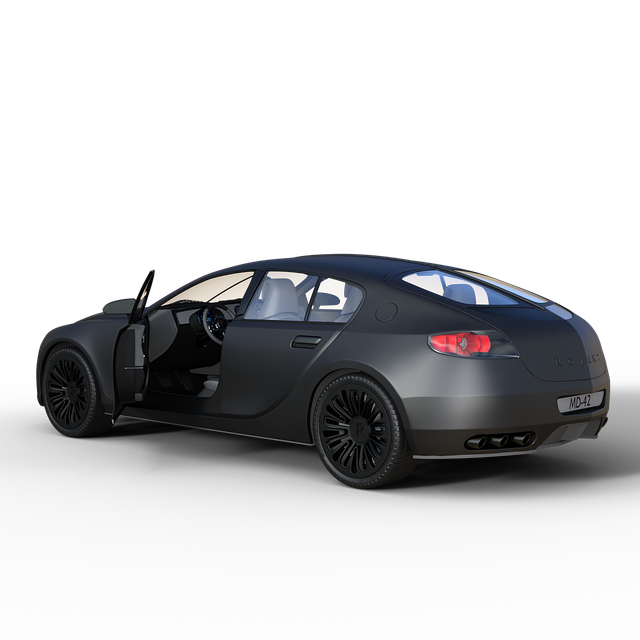
Modern vehicle designs have evolved significantly, with advanced materials and complex geometric shapes. This presents unique challenges for traditional PDR (paintless dent repair) techniques. As cars become more lightweight and feature intricate exterior paneling, including aluminum and carbon fiber composites, the precision required for fender repair has increased. These materials differ from conventional metal in their behavior during dent removal, often necessitating specialized tools and knowledge to avoid damaging the surface or compromising structural integrity.
Furthermore, the aesthetic expectations of today’s consumers demand near-perfect repairs that are virtually indistinguishable from the original factory finish. This high standard requires PDR technicians to employ advanced methods for tire services and car collision repair, ensuring minimal scarring and precise color matching. The constant evolution of vehicle designs underscores the need for professionals in this field to stay updated with the latest tools and techniques to meet these challenges effectively.
Common PDR Hurdles in Modern Car Panels

Modern vehicle designs, while aesthetically pleasing and innovative, present unique challenges for PDR (paintless dent repair) technicians. One of the primary hurdles is the increasing use of advanced materials and complex panel designs. Today’s car panels are often made from high-strength alloys or composite materials, which, while durable, can be difficult to work with during PDR processes. These materials tend to have tight tolerances, making even minor dents a more intricate repair task.
Additionally, contemporary vehicle styling often incorporates curved lines and seamless panel transitions, further complicating the PDR process. The lack of distinct edges and corners means that technicians must exercise precision and skill to ensure the dent is removed without damaging the surrounding areas or compromising the car’s overall appearance. This level of detail work requires specialized tools and a high degree of expertise in auto maintenance, making it crucial for collision centers to invest in training and equipment to effectively address these PDR challenges.
Solutions and Innovations to Overcome PDR Challenges

In response to the evolving complexities of modern vehicle designs, the field of PDR (paintless dent repair) has seen a surge in innovation and adaptation. Technologies such as advanced laser scanners and specialized tools equipped with sensors allow for precise measurements and accurate restoration, ensuring minimal paint alterations or even complete avoidance of painting. These advancements cater to the intricate paneling and material composition often found in modern cars, where traditional dent repair methods might prove ineffective or destructive.
Moreover, digital design software enables technicians to virtually model and simulate repairs, enhancing pre-visualization and planning. This not only streamlines the PDR process but also conserves resources by minimizing material waste. As vehicles continue to become more complex, these solutions and innovations in PDR (paintless dent repair) offer both auto collision centers and auto body services an efficient, effective, and cost-saving alternative to conventional vehicle collision repair methods.
Modern vehicle designs, with their complex shapes and advanced materials, present unique challenges for paintless dent repair (PDR) techniques. As car manufacturers embrace lighter weights, advanced alloys, and seamless panel designs, the effectiveness of traditional PDR methods can be hindered. However, ongoing innovations in equipment, tools, and training are addressing these hurdles, ensuring that PDR remains a viable and efficient solution for minor damage repairs. By embracing these advancements, PDR professionals can keep pace with evolving vehicle technologies, providing high-quality, cost-effective repairs that meet the demands of modern car owners.
